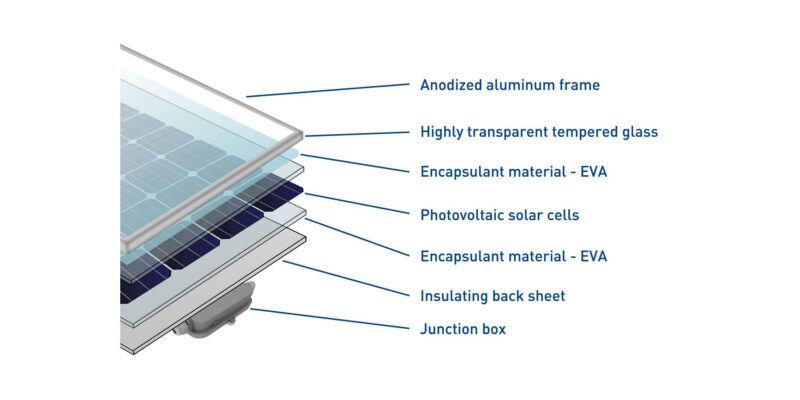Solar panels, the backbone of renewable energy systems, have become increasingly integral to our quest for sustainable power sources. Understanding the components and installation processes behind these panels is essential for harnessing the full potential of solar energy.
The primary component of a solar panel is the photovoltaic (PV) cell, typically made of crystalline silicon. These cells are responsible for converting sunlight into electricity through the photovoltaic effect. As sunlight strikes the PV cells, electrons are set into motion, creating a flow of electric current. Advancements in PV cell technology, including the use of thin-film and perovskite materials, contribute to enhanced efficiency and flexibility in solar panel design.
Solar panels are constructed with multiple PV cells connected in series or parallel to form a solar module. The modules are then grouped together to create a solar array. The efficiency of a solar panel system is influenced not only by the quality of the PV cells but also by the materials used in the encapsulation and backsheet, which protect the cells from environmental factors such as moisture and UV radiation.
To maximize energy capture, solar panels are often equipped with additional components. One crucial element is the inverter, which converts the direct current (DC) electricity generated by the PV cells into alternating current (AC) electricity suitable for use in homes and businesses. Inverters also play a role in optimizing the performance of the solar power system by tracking the maximum power point (MPP) to ensure efficient energy conversion.
Installation of solar panels involves careful planning and consideration of various factors. The orientation and tilt angle of the panels significantly impact their exposure to sunlight. In the Northern Hemisphere, panels are typically oriented southward to capture the maximum sunlight throughout the day. The tilt angle is adjusted based on the geographical latitude to optimize energy production.
Mounting structures, such as racks or frames, support the solar panels and facilitate proper orientation. These structures are securely attached to rooftops or the ground, ensuring stability in various weather conditions. Ground-mounted systems offer flexibility in panel placement and are suitable for locations with space constraints or suboptimal roof orientations.
One critical aspect of solar panel installation is the electrical wiring and connections. The DC electricity generated by the panels must be safely and efficiently transported to the inverter and subsequently integrated into the building’s electrical system. Installers must adhere to local building codes and safety standards to ensure a reliable and secure electrical installation.
Advancements in installation practices include the use of smart technologies and monitoring systems. Smart inverters and monitoring devices enable real-time tracking of a solar power system’s performance, allowing for timely maintenance and troubleshooting. These technologies contribute to the long-term viability and efficiency of solar panel installations.
In conclusion, the components and installation of solar panels are intricate processes that blend technological innovation with practical considerations. As the demand for clean energy solutions continues to rise, understanding the anatomy of solar panels becomes crucial for harnessing their full potential and contributing to a more sustainable and environmentally friendly future.

